Cell Count Matters: How to Choose the Right Seed Trays Based on Seed Size
2025-07-16 16:09:00
When starting seeds indoors or in a greenhouse, seed trays are an essential part of any grower’s toolkit. Yet, one of the most overlooked factors in successful germination and transplanting is choosing the right tray configuration based on seed size. Whether youre working with tiny herb seeds or large vegetable varieties, matching the trays cell count and depth to your seeds needs can significantly impact root health, moisture control, and overall seedling success.
In this guide, we’ll explain how to select the ideal seed trays for both small and large seeds, explore common mistakes, and provide practical tips to help you grow stronger seedlings from the very beginning.
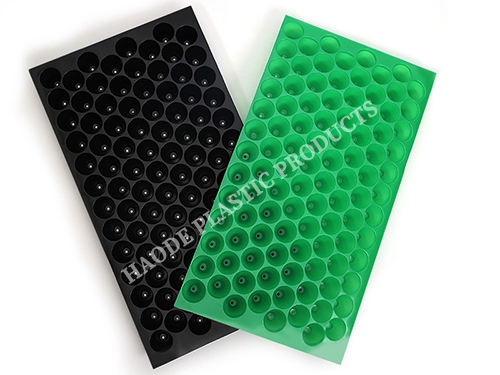
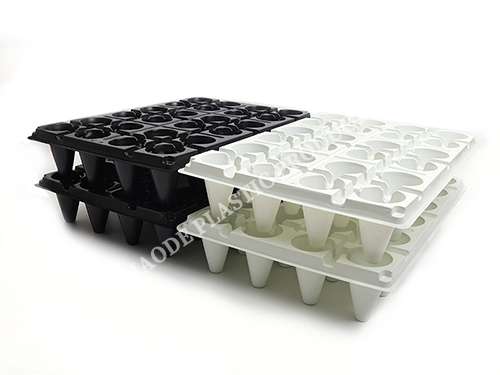
Why Seed Size Matters When Choosing Seed Trays
Not all seeds are created equal. Some are no larger than a grain of sand (like thyme or lettuce), while others, like squash or beans, are bulky and require much more growing space. The size of the seed directly influences how much room the seedling will need—both above and below the soil line.
Seed trays come in various cell counts, typically ranging from 12 to 288 cells per tray. Smaller cells are ideal for small seeds, while larger cells give room for robust root systems from large seeds.
Small Seeds: Use Higher Cell Count Trays
Examples: Lettuce, basil, thyme, petunia, broccoli, cabbage
Recommended Cell Counts:
128, 200, or 288 cells per tray
Why It Works:
Small seeds don’t need much soil volume to germinate.
Tighter spacing allows for efficient use of space.
Shallow root systems don’t require deep trays.
Pro Tips:
Use sterile, fine-textured seed starting mix for even distribution.
Mist gently to avoid dislodging tiny seeds.
Thin seedlings early to prevent overcrowding.
By using high cell count seed trays, you can start a large number of plants in a compact area without sacrificing plant health. Just ensure the trays are kept moist and get adequate light.
Large Seeds: Use Lower Cell Count, Deeper Trays
Examples: Squash, cucumber, pumpkin, sunflower, tomatoes, peppers
Recommended Cell Counts:
24, 36, 50, or 72 cells per tray
Why It Works:
Large seeds need more soil volume for deeper roots.
Plants grow larger quickly and benefit from ample space.
Prevents roots from becoming tangled or root-bound.
Pro Tips:
Choose trays with deeper cells for longer taproots.
Bottom watering helps maintain moisture without oversaturation.
Transplant before roots begin to circle the cell edges.
Using the wrong tray (e.g., small cells for large seeds) can result in stunted growth, transplant shock, and wasted seed starting mix. Give big seeds room to thrive.
Tray Depth Also Matters
Cell count isn’t the only consideration. Tray depth plays a key role, especially when selecting trays for deep-rooted crops. Standard seed trays usually offer depths of:
·Shallow (1.5–2): Ideal for small seeds and fast growers
·Medium (2–2.5): Suitable for most vegetables and flowers
·Deep (3–4): Best for large seeds or longer growing periods before transplanting
If you expect to grow your seedlings indoors for several weeks, a deeper tray will help reduce root stress.
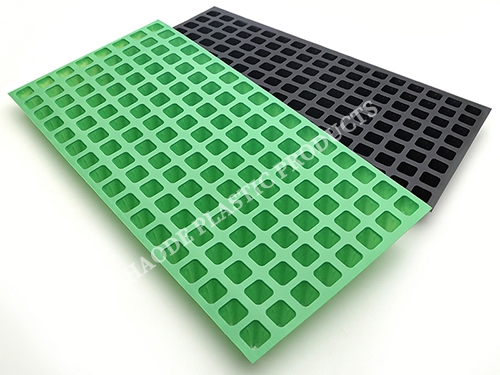
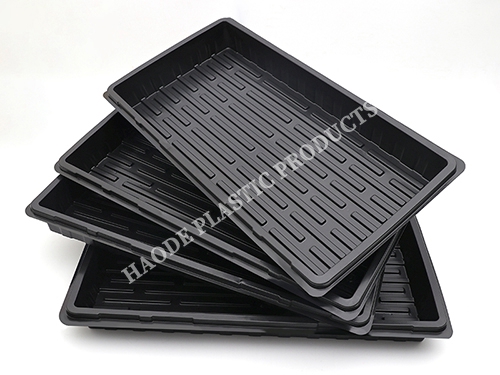
Matching Cell Size with Germination Time
Here’s a quick table to help guide your selection:
| Seed Type | Seed Size | Germination Time | Ideal Cell Count | Tray Depth |
|---|---|---|---|---|
| Lettuce | Very Small | 5–10 days | 128–200 | Shallow (1.5) |
| Tomato | Medium | 5–12 days | 50–72 | Medium (2.5) |
| Pepper | Medium | 7–21 days | 50–72 | Medium (2.5) |
| Squash | Large | 5–10 days | 24–36 | Deep (3) |
| Basil | Small | 7–10 days | 128–200 | Shallow (1.5) |
Common Mistakes to Avoid
·Using small cells for large seeds: Limits root development and increases transplant shock.
·Using deep trays for tiny seeds: Wastes space and mix, and may retain excess moisture.
·Skipping proper drainage: Always ensure your trays have drainage holes, especially for deep cells.
·Waiting too long to transplant: Overgrown seedlings in small cells may suffer root stress and lower survival rates.
Tips for Transplanting from Seed Trays
·Always handle seedlings by the leaves, not the stems.
·Water trays thoroughly before transplanting to keep the root ball intact.
·Harden off seedlings for 5–7 days outdoors before moving to the garden.
·For biodegradable seed trays, plant the entire cell directly into the soil to avoid root disturbance.
Final Thoughts: Let Your Seed Trays Work Smarter
Choosing the correct seed trays isn’t just about convenience—it’s about optimizing your seed-starting success. Whether youre working with small herb seeds or large vegetables, selecting the right cell count and depth allows each plant to grow to its full potential from day one.
With a thoughtful approach to seed size and tray configuration, your seedlings will be healthier, easier to transplant, and more likely to thrive in your garden or greenhouse. Take the guesswork out of seed starting and make your seed trays do the heavy lifting.
References
·Johnson, M. (2020). Seed Starting Indoors: Optimizing Container Size for Different Crops. University of Minnesota Extension.
·Lee, S. (2021). Germination and Root Development in Cell-Based Propagation Systems. Journal of Horticultural Science,.
·Anderson, R. (2019). Choosing the Right Growing Containers for Seed Starting. Oregon State University Extension Service.
·Patel, T. (2022). Sustainable Seedling Management in Organic Systems. American Journal of Botany.

The CNC Seed Braiding Machine is a high-precision, fully automated agricultural equipment s...
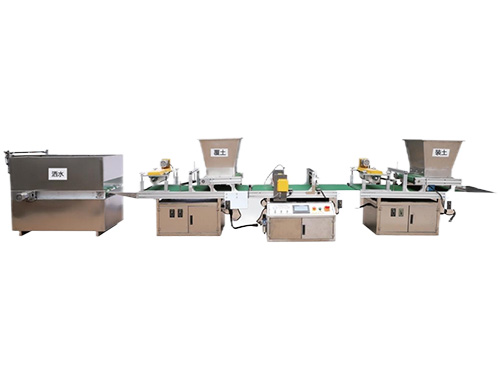
It adopts electrical integration and can be started by pressing the fully automatic button ...
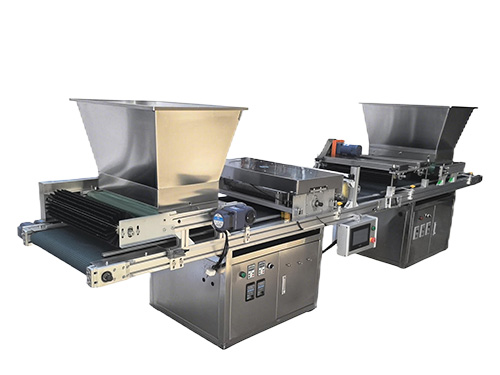
The XP750 seeder has stable performance, excellent product quality, simple and convenient o...
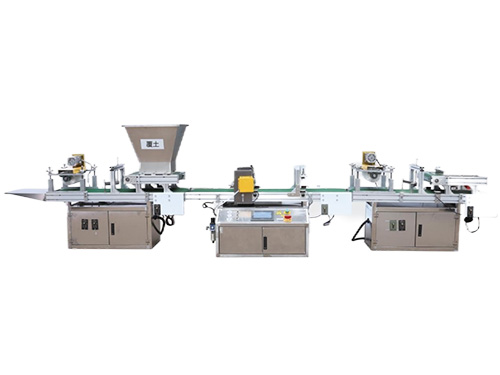
It adopts electrical integration and can be started by pressing the fully automatic button ...



